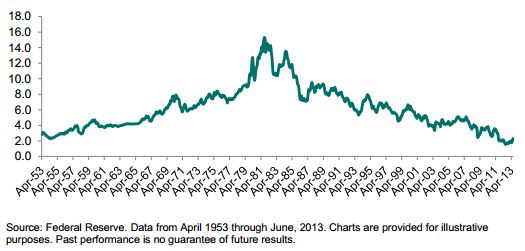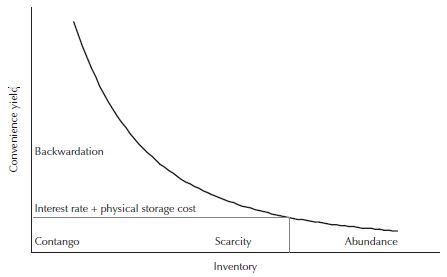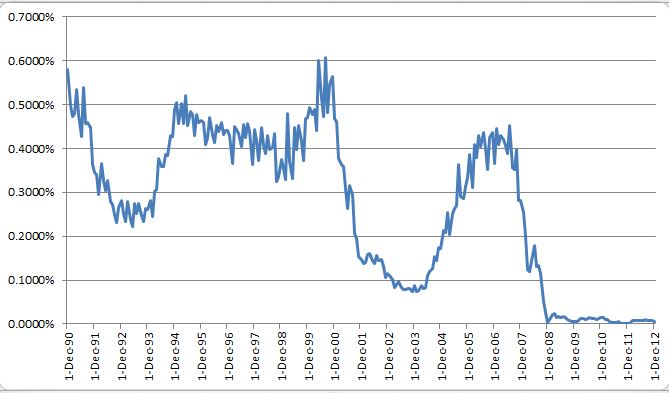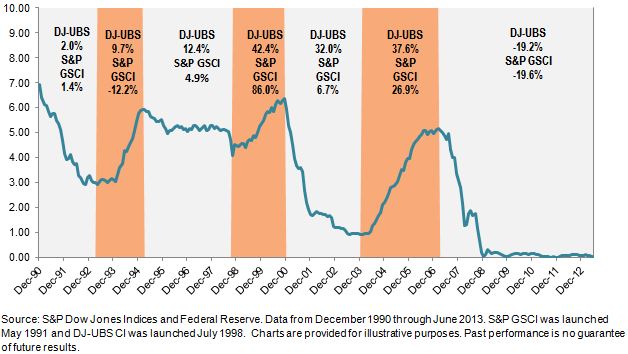Globally, over 6 billion U.S. dollars are invested in India Equity ETFs, although less than 200 million via products listed in India. It’s reasonable to suppose that Indian demand is reflected in the local figures, transferring wealth across Indian borders is both difficult and expensive. Thus, on the face of it, these figures suggest general indifference to passive investing within the Indian financial community, despite substantial passive interest in India from outside its borders.
The debate between proponents of passive and active investing has been raging for close to a century. And when it comes to India, the evidence favours the passive investor, much as it does in more-developed markets. But – in India as much as elsewhere – very few investors are limited to a single asset class. From the perspective of a multi-asset portfolio, the real picture is much more complicated, and potentially more rewarding.
When looking across asset classes, there is no universally-agreed definition of what ‘the market’ actually is. In the absence of a widely-accepted bogey, in practice investors frequently build their own: a benchmark comprising a custom blend of markets across a variety of asset types and geographies, representing their overall allocations. And here’s where it gets interesting. The impact of changing asset allocation is usually much more significant than changing an individual component benchmark, or changing a component between active or passive allocations. An investor, manager, advisor or consultant adds the most value when he gets his asset allocation right. And given the time and effort spent on choosing individual managers, arguably the most efficient way for an investor to spend his time is to focus on actively managing an asset allocation among passively managed components. In fact, a key driver of ETF growth across the world – ranging from US financial advisors and institutions, European macro-funds and through Asian retail investors – is through such active management via passive asset allocation. Sometimes old foes can find a new partnership.
These are important considerations for investors in India and elsewhere. To learn more, please join us for a live 60-minute webinar on December 12, 2013 to hear from practitioners at Kotak Mutual Funds and S&P Dow Jones Indices. We’ll discuss the trends, opportunities and challenges in investing actively through passive building blocks.
The posts on this blog are opinions, not advice. Please read our Disclaimers.















































